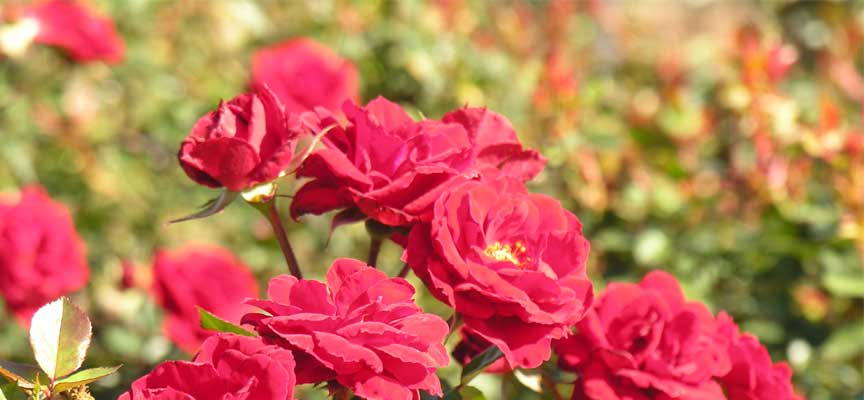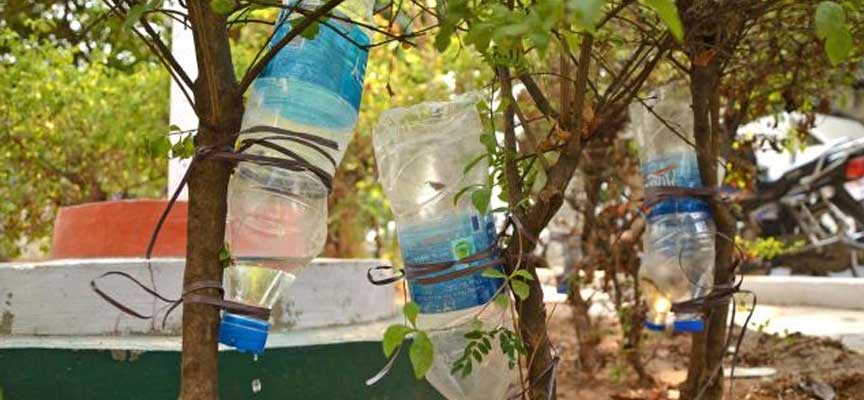Garden in bloom
Choose a plant’s garden is hard, especially when you want to have a flower garden throughout the year. We must pay attention to plants but also to the ground. Let’s see what nutrients and what plants can grow to have a garden in bloom.
The choice of plants in a garden is a difficult task. A good starting point is ground. Some soils require the addition of elements for them to perform the function of the development of plant species such as organic matter and fertilizers.
The Land. If the substrate of the soil appears whitish in color, indicating a calcareous soil, while its color is reddish if it is clay soil. The black soil is rich in the organic matter, while the soil is typically a gray clay soil that has standing water. Any type of soil must be free of pebbles. Always make sure that the soil has good drainage: to do this, just dig a hole and fill it with water, then wait until it has been absorbed and fill it a second time; if the water level drops with a speed lower than 2.5 cm forward, the drainage of the soil is not sufficient.
To improve the drainage of the soil can be added to the mixture of sand, on the contrary, if the soil is too sandy be added to peat, clay or organic substance.
The minerals. Phosphorus promotes root development of plants. Potassium improves the construction of plant tissues, promotes the accumulation of reserve substances, making the plant more resistant to harsh conditions and improves the absorption of water through the roots. The nitrogen eventually stimulates the growth of plants and increases the content of chlorophyll in the leaves. The choice of plants in a garden is a difficult task. The goal of those who love to take care of a garden is to have lots of flowers and make them last longer. To enhance a garden need: hoe, shovel, fork, trowel, and also pipes for the water system.
The garden plants. Flowering plants need a lot of indirect light, especially in the case of plants that bloom in summer. In the period of flowering plants need plenty of water. It is important to keep the ground moist but not stagnant as this may rot for excess water. The temperature must be kept cool. The heat it withers and the flowers make them fall. It should be fertilized weekly. It must be stated that in the period of flowering plants display a nutritional peak, determined by the fact that it requires a lot of energy to the formation of flowers, plants and then transfers all the papers in favor of the flower and the fruit, so the first general consideration to be done is precisely that of the nutritional status of the plant to flower.
The sowing. Wanting to create a garden full of colors from spring to autumn chills can be sown from March to May cornflower, poppy, and wallflowers that will flourish in the summer. Pianda by large colorful flowers that can guarantee a flowery garden hydrangea. In March, can sow in pot’s snapdragons, lobelia and sage, and May transplant them in the flowerbed. Bloom between July and October.
The pruning. To improve the flowering of plants is necessary to resort to pruning, which should be performed at the end of the winter because a too early intervention would help advance the regrowth of shoots with adverse outcomes in case of late frosts. But be careful to too late would affect the vegetative cycle of the entire season






